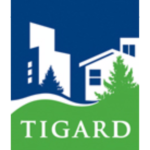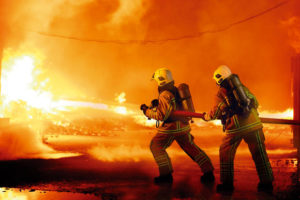 Continuing our long collaboration with the City of Tigard, we have recently begun a new consultation project focused on helping the City envision and define their next generation GIS architecture. The goal is to equip Tigard for growing geospatial demands while simplifying the upkeep and maintenance of their resources so that they are easily maintainable by current staff.
Continuing our long collaboration with the City of Tigard, we have recently begun a new consultation project focused on helping the City envision and define their next generation GIS architecture. The goal is to equip Tigard for growing geospatial demands while simplifying the upkeep and maintenance of their resources so that they are easily maintainable by current staff.
That’s no small task, when you think about it. Location data is growing in importance for both government and industry, as well as individuals. GIS used to be it’s own separate fiefdom within most organizations. Something that was a secondary concern compared to other IT needs. But now GIS data is being being folded into everyday workflows and applications.
So how do we simplify a process that seems to be ever-growing in complexity? For starters, we do our homework. We look closely at the City’s current architecture and the workflows it supports; we look at the maintenance effort and procedures require to sustain the current system; we review the needs of different stakeholder and end user groups. With information gathered from these activities, we are able to accurately characterize the current state of operations, complete with areas of risk, and areas where changes, expansions, and improvements are most desired. We can then combine some industry research and peer review information with our own experience working with many other organizations to optimize their geospatial systems to develop a responsive set of recommendations for Tigard’s next generation GIS platform.
Some of the factors to be addressed through completion of this project include:
- overall system resiliency,
- increasing geospatial capabilities of - and integration with - business systems,
- expansion of the mobile workforce,
- expansion of cloud infrastructure and desktop virtualization,
- simplified design and publishing of focused geospatial applications, and
- simplified promotion of development resources to production environment.






 Reality: Emergencies happen
Reality: Emergencies happen We are working with
We are working with 